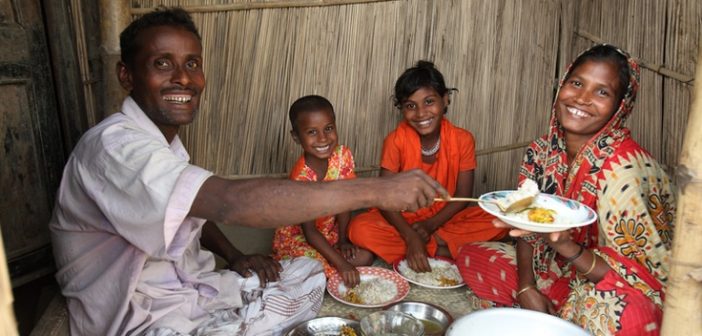A recent study by the National Sample Survey Office (NSSO) reveals a significant increase in per capita monthly household expenditure (MPCE) in India between 2011-12 and 2022-23. The headline finding – “Indian Household Spending Doubles in a Decade” – captures the essence of the survey, sparking questions about both economic growth and potential inflationary concerns.
Key Findings:
- Overall: The average MPCE in India more than doubled from Rs. 2,630 to Rs. 6,521 (with imputation) in urban areas and from Rs. 1,430 to Rs. 3,860 (with imputation) in rural areas, highlighting a substantial rise in spending across the nation.
- Urban vs. Rural: The disparity in MPCE between urban and rural areas persists, although both sectors witnessed significant growth. Urban households on average spend nearly 68% more than their rural counterparts.
- Price Inflation: The study uses two sets of estimates: with and without “imputation.” Imputation accounts for the value of items like home-grown produce, gifts, and goods received through social welfare programs, which may not be captured through traditional survey methods. While the increase in MPCE is substantial even without imputation, the higher figures with imputation suggest a potential influence of inflation on household spending.
Beyond the Numbers:
While the increased MPCE indicates an improvement in living standards for many Indians, it’s crucial to consider the impact of inflation on this rise. According to the Reserve Bank of India (RBI), the consumer price index (CPI) inflation stood at 6.01% in January 2024, highlighting a rise in the cost of living. This suggests that a portion of the observed increase in MPCE might be attributed to inflation rather than solely reflecting a growth in real purchasing power.
Looking Forward:
The NSSO report provides valuable insights into changing consumption patterns in India. Understanding the interplay between economic growth, inflation, and spending habits is crucial for informed policy decisions and ensuring inclusive economic development. Further analysis of the data, including a breakdown of expenditure by category and socio-economic group, could offer deeper insights into the nuances of this complex issue.






